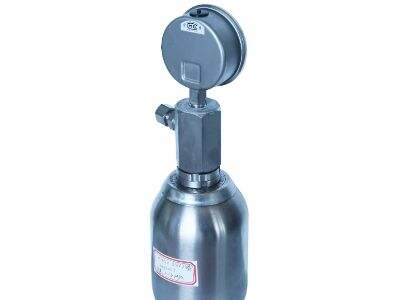Giới Thiệu Ngắn Gọn:
Accumulators giống như những bồn chứa đặc biệt lưu trữ năng lượng để sử dụng sau này. Chúng giống như những pin lớn lưu trữ năng lượng cho khi chúng ta cần. Trong bài học này, chúng ta sẽ tìm hiểu tất cả về accumulator: Nó là gì, nó hoạt động thế nào, và tại sao nó quan trọng.
Mục Đích Và Chức Năng Của Chúng:
Accumulators đóng vai trò quan trọng trong nhiều loại máy móc và hệ thống. Chúng giúp lưu trữ năng lượng và giải phóng khi cần thiết. Bơm tích áp chẳng hạn như trong một chiếc xe hơi, lưu trữ năng lượng được tạo ra trong quá trình phanh và sử dụng năng lượng đó để hỗ trợ di chuyển xe. Điều này làm cho xe chạy hiệu quả hơn và tiết kiệm năng lượng.
Cách chúng lưu trữ và giải phóng năng lượng:
Bộ tích năng bao gồm các thiết bị lưu trữ năng lượng trong nhiều loại vật liệu khác nhau, như khí hoặc chất lỏng. Khi năng lượng được thêm vào Tích lũy màng ngăn , bên trong sẽ bị nén lại. Sau đó, khi cần sử dụng năng lượng, nó có thể được giải phóng nhanh chóng.” Giống như khi bạn bóp một quả bóng bay để cho không khí thoát ra nhanh chóng.
Bên trong Bộ tích năng:
Có một số bộ phận trong bộ tích năng giúp nó hoạt động. Các thành phần này ở dạng van, piston và gioăng. Van điều chỉnh áp suất thấp kiểm soát dòng chảy của năng lượng vào và ra khỏi bộ tích năng. Piston hỗ trợ nén vật liệu bên trong để lưu trữ năng lượng. Gioăng đảm bảo rằng mọi thứ bên trong thủy lực bộ tích lũy sẽ vẫn ở đúng vị trí cho đến khi chúng ta sẵn sàng sử dụng.
Ví dụ và ứng dụng:
Bộ tích lũy là một thành phần thiết thực của nhiều thiết bị mà chúng ta sử dụng hàng ngày. Ví dụ, chúng được sử dụng trong các hệ thống thủy lực để giúp máy móc nâng vật nặng. Chúng cũng được triển khai trên máy bay để điều chỉnh chuyển động. Nếu không có bộ tích lũy, nhiều động cơ, chưa nói đến máy móc, sẽ không hoạt động tốt.



